As longtime friends know, I spent almost nine years working in the Imperial Valley of California, having spent more than 15 years in the San Francisco Bay Area, and before moving to Oregon in 2000. I am in the process of converting some documents from my old web site (which, though it is no longer used still appears in Google indices). The following represents my first re-creation.
Agriculture has always been the driving force behind Imperial County’s development (indeed, irrigation of the arid Colorado desert by diversions from the Colorado River made possible its agricultural development). Yet the search for gold has also played an important part in its history.
Virtually everyone who has spent more than a few months in California knows about John Marshall’s discovery of gold near Coloma, and the great California gold rush of 1849 and thereafter. It was not the Marshall’s finding of gold, but the publicity given to it, that led to the belief that Marshall had “discovered” gold in California.
In fact, Erwin Gudde’s California Gold Camps documents the discovery of gold in California in the San Fernando Valley in 1842, six years before Marshall’s discovery. Francisco Lopez was credited with the discovery of gold at March 9, 1842 in Placerita Canyon east of Newhall, Los Angeles Co., California. The first recorded evidence that gold was mined in this area was the sale of 20 ounces of gold recorded at the Philadelphia mint by Abel Stearns on November 22, 1842, according to Gudde (see p. 306). According to his research in the gold camps and other sites of California, Gudde found that earlier reports of gold mining in the San Fernando placers could not be verified.
In Gudde’s discussion of mining activity in the Cargo Muchacho Mountains in southeastern Imperial County, he cites a Report of the State Mineralogist, Vol. IV, that gold was allegedly found in Imperial County in 1775. Gudde commented (p. 412), however, that these early publications of the California Division of Mines are “not entirely dependable on historical facts.” So unless additional historical materials are discovered that would verify accounts of pre-1840 gold mining, any claim that Imperial County was the site of the first discovery of gold remains unverifiable. Nevertheless, we can quickly see that gold was found all over the county.
Cargo Muchacho Mountains
This district is located approximately 12 miles west of the Colorado River near the Ogilby Station of the Southern Pacific Railroad. Rich in gold, it could not be exploited by placer mining because of the lack of water. According to the California Division of Mines, this area was the site of the first gold discovery in California in 1775, but this cannot yet be verified.
Lode mining developed in the district in the 1870s, and in 1882 the Yuma Mining Co. crushed $167,000 work of gold from 14,000 tons of quartz at its stamp mill. At Hedges, a large mill of 140 stamps. When the Post Office was established in 1910, the town was renamed to Tumco from the United States Mining Co. In 1938, a rich pocket of gold at the American Girl Mine to the north and the Golden Cross Mine produced $4 million in gold. The best account of mining in the area up to 1942 is contained in the Report of the State Mineralogist, Vol. XXXVIII, p. 112, according to Gudde. The Tumco/Hedges web site by Desert USA shows photographs and a map to the area.
Mesquite Placers
Large scale mining operations have been carried out in the since 1878 in the Chocolate Mountains. Along the southern spur, there is an area called Mesquite placers. Located in this area is the Mesquite Gold Mine, just off Highway 78 northeast of Glamis. Before 1900, water was brought to the area from Glamis to wash the gravels, and in the 1930s, there were unsuccessful attempts at dry placering in the area. The area will soon seen a change in use from gold mining operations, which ceased recently, as the site is being converted to a regional landfill.
Ogilby Station
Ogilby Station was located on the Southern Pacific Railroad. From 1890 to 1942, it served as the post office for the American Girl and other profitable mines in the Cargo Muchacho Mountains.
[mapsmarker marker=”2″]
Picacho
Picacho is located near the bend of the Colorado River north of Yuma, and named after the nearby Picacho Peak, a obelisk-shaped mountain rising 1,947 feet above the desert floor. Gold deposits were discovered in this area in 1857, and Mexican miners using dry placering attempted to extract the precious metal. The most productive period was at the Picacho Basin Quartz Mine about five miles south of the village, where from 1904-1910 approximately 30 claims produced about $2 million on gold. The area may be reached by Picacho Road north of Winterhaven, or on Hyduke Mine Road east from Ogilby Road.
Pothole Placers
There have been persistent stories of mining in this area northeast of Yuma in the 18th Century, but these are not supported by convincing evidence, according to Gudde (see p. 274). Gold production in this area totaled $2 million between 1850 and 1934, when dry washing was still going on.
Even today, modern-day miners and others seek to explore Imperial County’s bountiful lands.
Sources:
California Division of Mines, Report of the State Mineralogist (Sacramento), Vol. IV, p. 217.
California Division of Mines, Report of the State Mineralogist (Sacramento), Vol. XIII, p. 339.
California Division of Mines, Report of the State Minerologist (Sacramento), Vol. XXXVIII, p. 112.
California Division of Mines, Bulletin 193, Gold Districts in California, prepared by William B. Clark (Sacramento: 1970).
Gudde, Erwin G., ed. by Elisabeth K. Gudde. California Gold Camps (Berkeley: University of California Press, 1975).
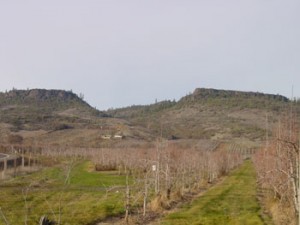
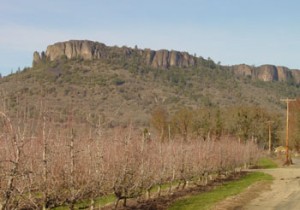
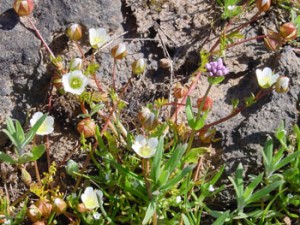
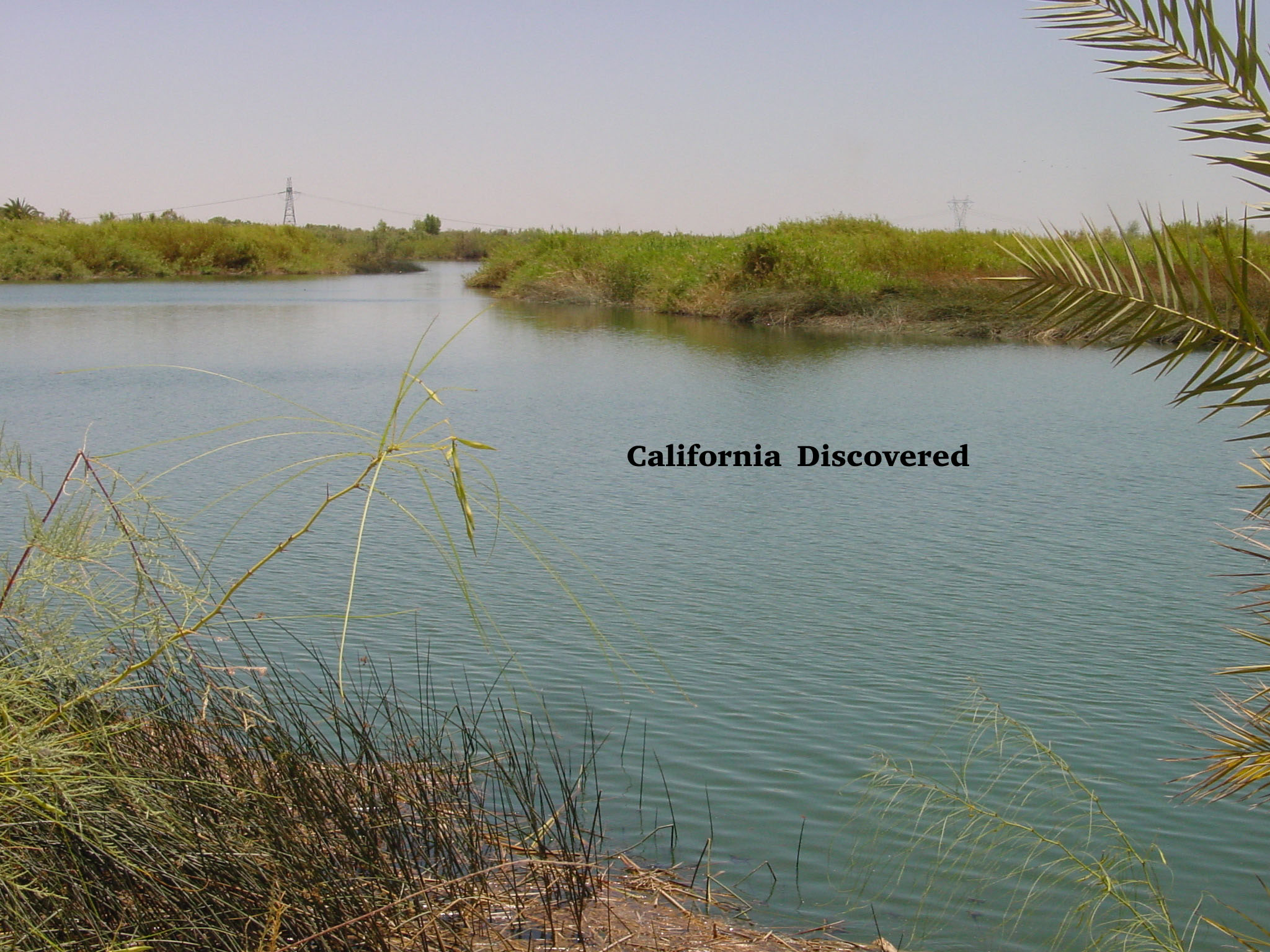
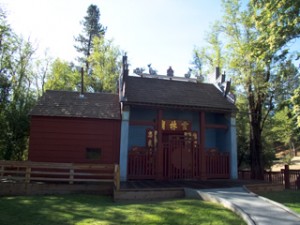

Recent Comments